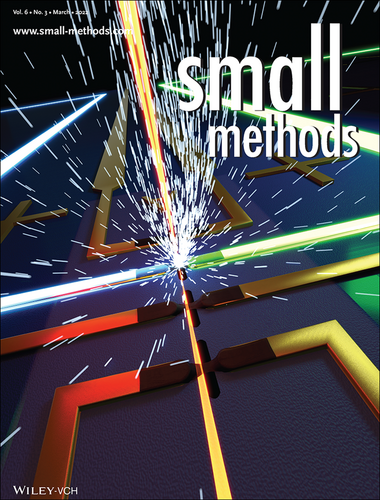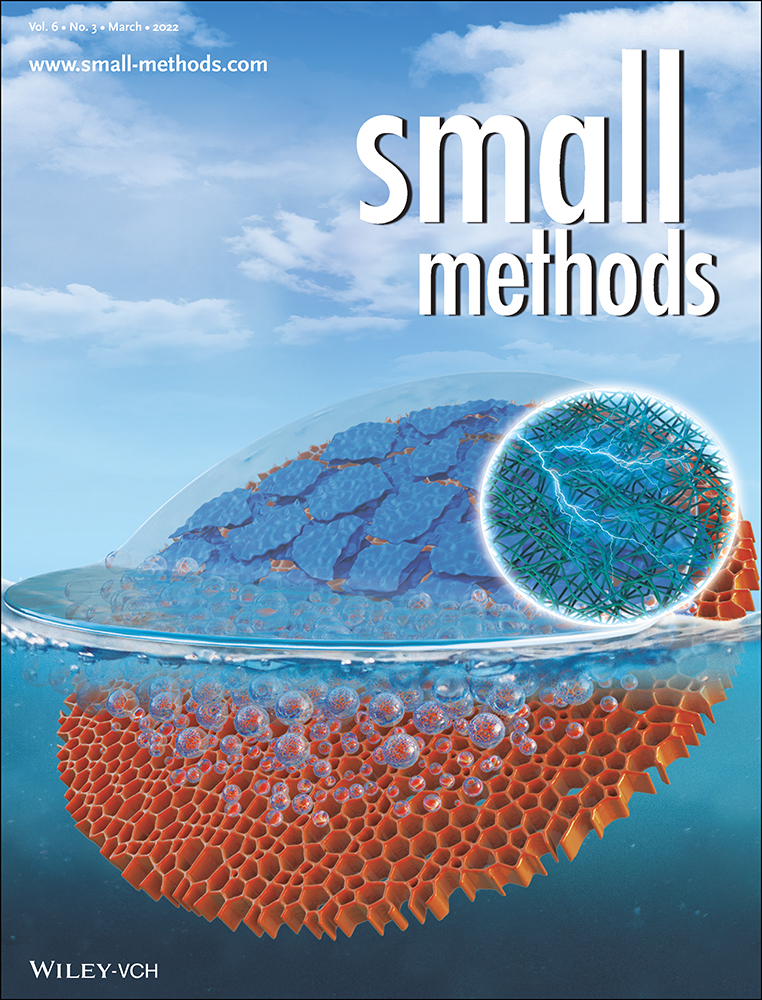Mapping Conductance and Switching Behavior of Graphene Devices In Situ (Small Methods 3/2022)
Graphical Abstract
Inside Back Cover
In article number 2101245, Dyck and co-workers demonstrated that by using graphene as the deposition substrate, hydrocarbon contaminants primarily diffuse along the surface at high temperatures. This property enables a surface barrier to block the ingress of contaminant material. Usually, scaling direct-write lithography techniques to the atomic scale faces a significant challenge from unwanted contaminant materials. Here, a reaction-diffusion model is introduced to describe the observed diffusion.





